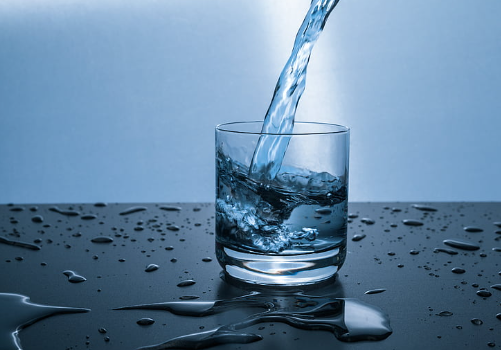Japanese Scientists Discover New State of Water That Behaves in a Very Unusual Way
In a discovery that changes our understanding of a seemingly ordinary substance, Japanese scientists have discovered that water can simultaneously behave as both a liquid and a solid when confined in nanoscopic spaces.
In ordinary ice, water molecules are stationary, while in liquid water they move freely, forming and breaking hydrogen bonds. But scientists at the Tokyo University of Science have now confirmed the existence of a “pre-melting” state in which both behaviors occur simultaneously.
In the pre-melting state, water whose molecules are not yet fully hydrogen bonded begins to melt, before the ice structure itself begins to melt when heated. This is essentially a new phase of water in which frozen layers of H₂O coexist with slow-moving H₂O, explained Makoto Tadokoro, a chemist at Tokyo University of Science, in an article published on the university’s website.
To observe this elusive state, the team used so-called “heavy water” (D₂O), in which hydrogen atoms have been replaced by deuterium, a form of hydrogen that has an extra neutron in its nucleus. They froze it into a rod-shaped crystal with hydrophilic channels just 1.6 nanometers wide, then gradually heated it and monitored the changes using solid-state deuterium NMR spectroscopy (sensitive instruments that can track the movement of molecules). Their research is published in the Journal of the American Chemical Society.
The process revealed a ternary molecular structure. Tadokoro adds that by creating new lattice structures of ice, it may be possible to store energy-rich gases such as hydrogen and methane and to develop water-based materials such as artificial gas hydrates.
Gas hydrates are solids that form when gas molecules (such as methane or hydrogen) are “trapped” in a network of water molecules at low temperatures and high pressures. They look like ice with gas inside them, which is why they are sometimes called “burning ice” because when they are ignited, the gas inside them burns as the ice melts.
